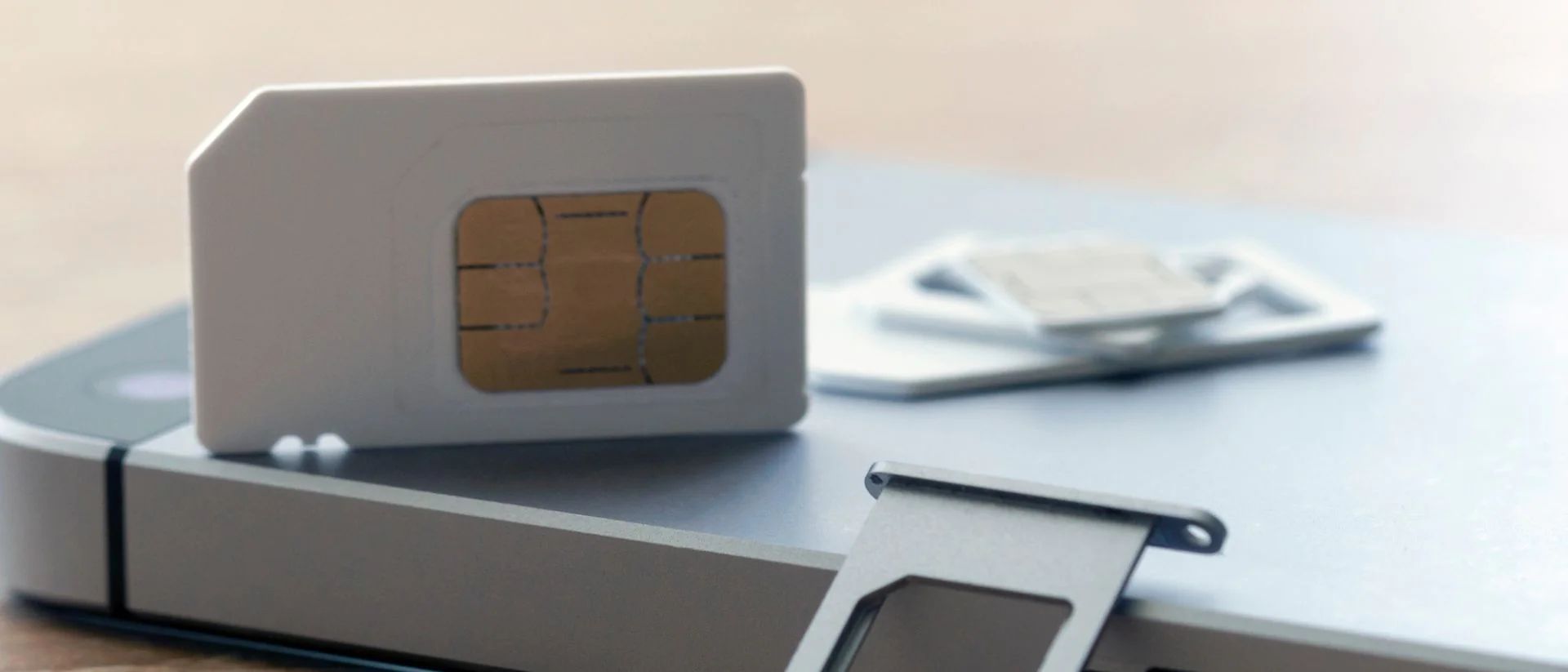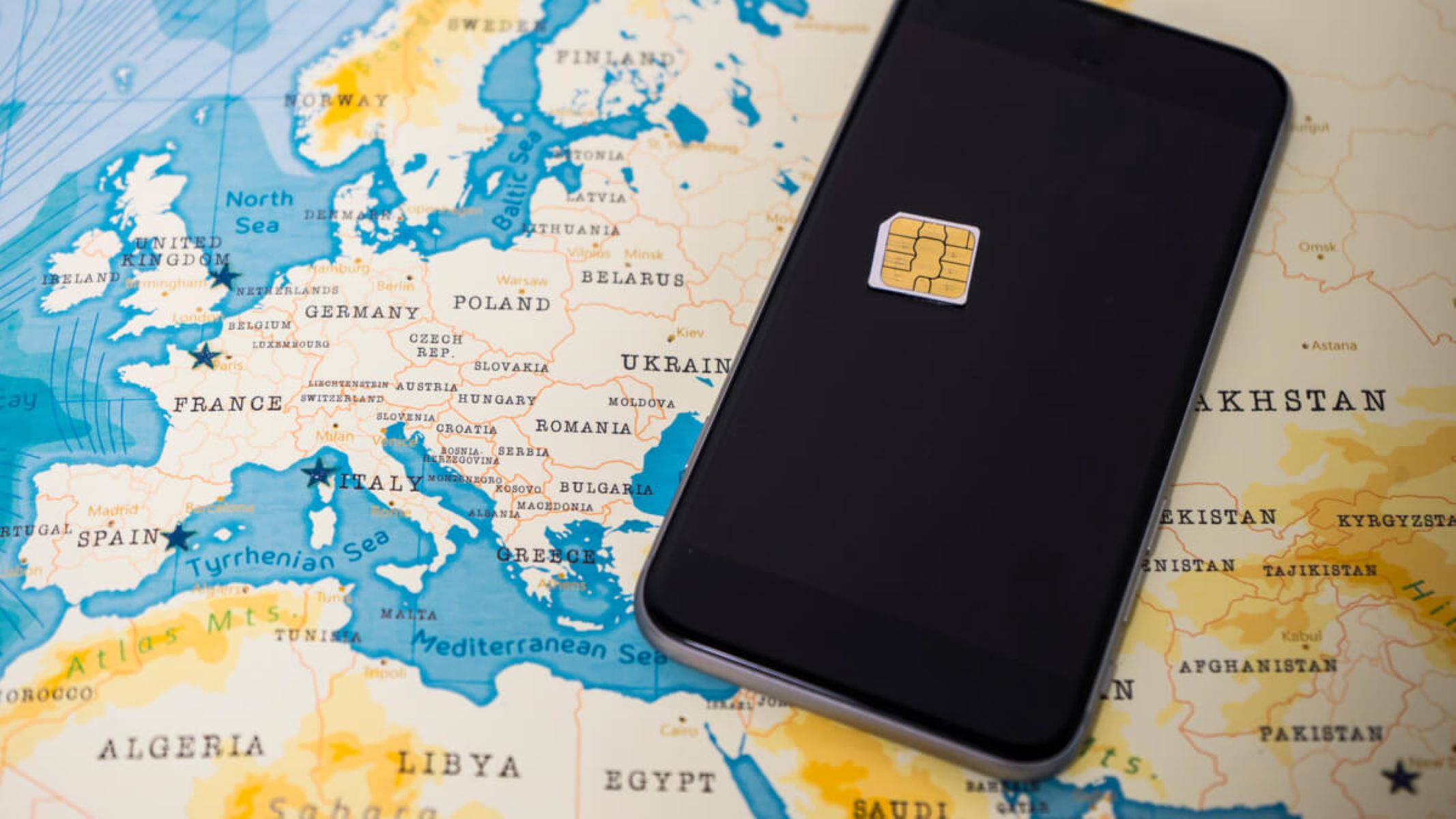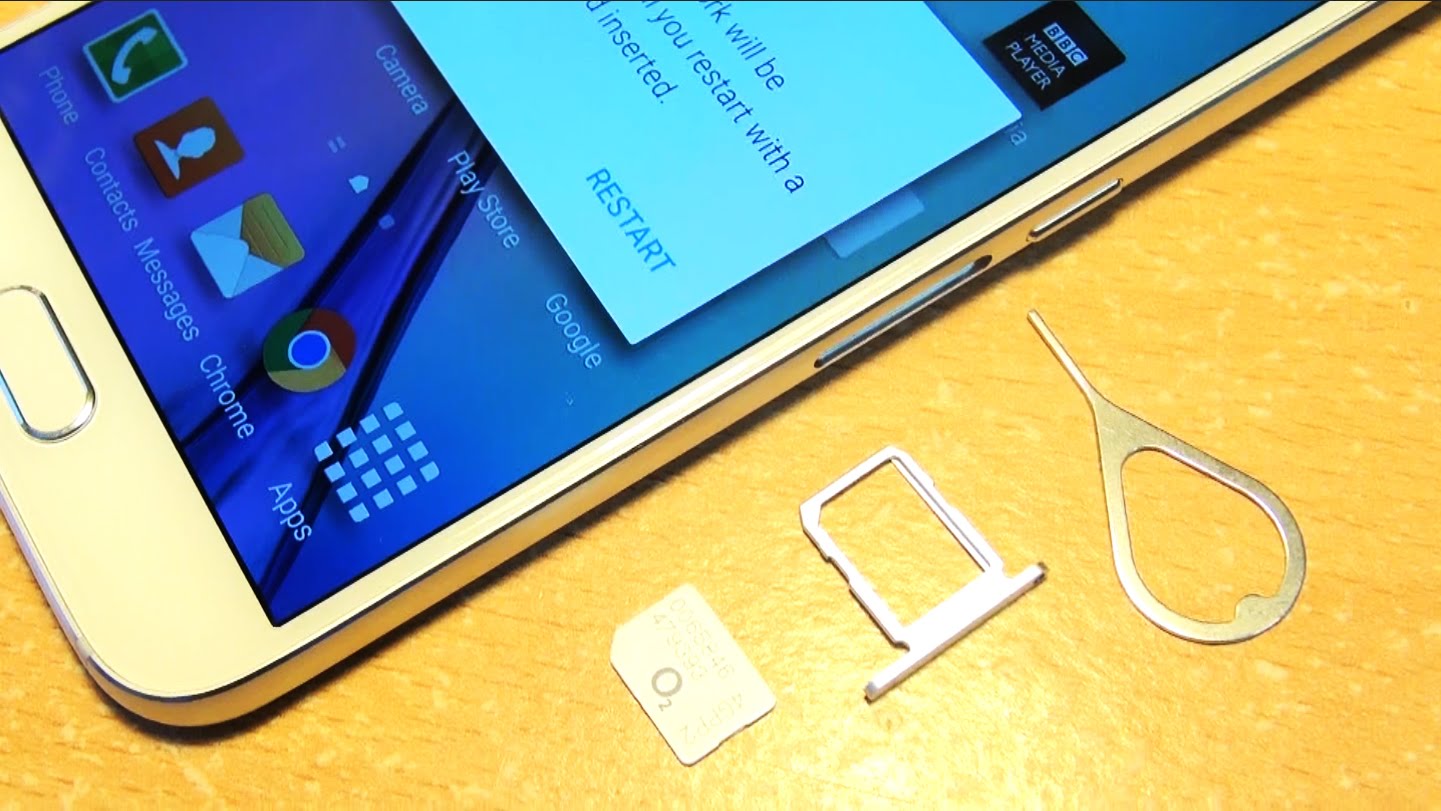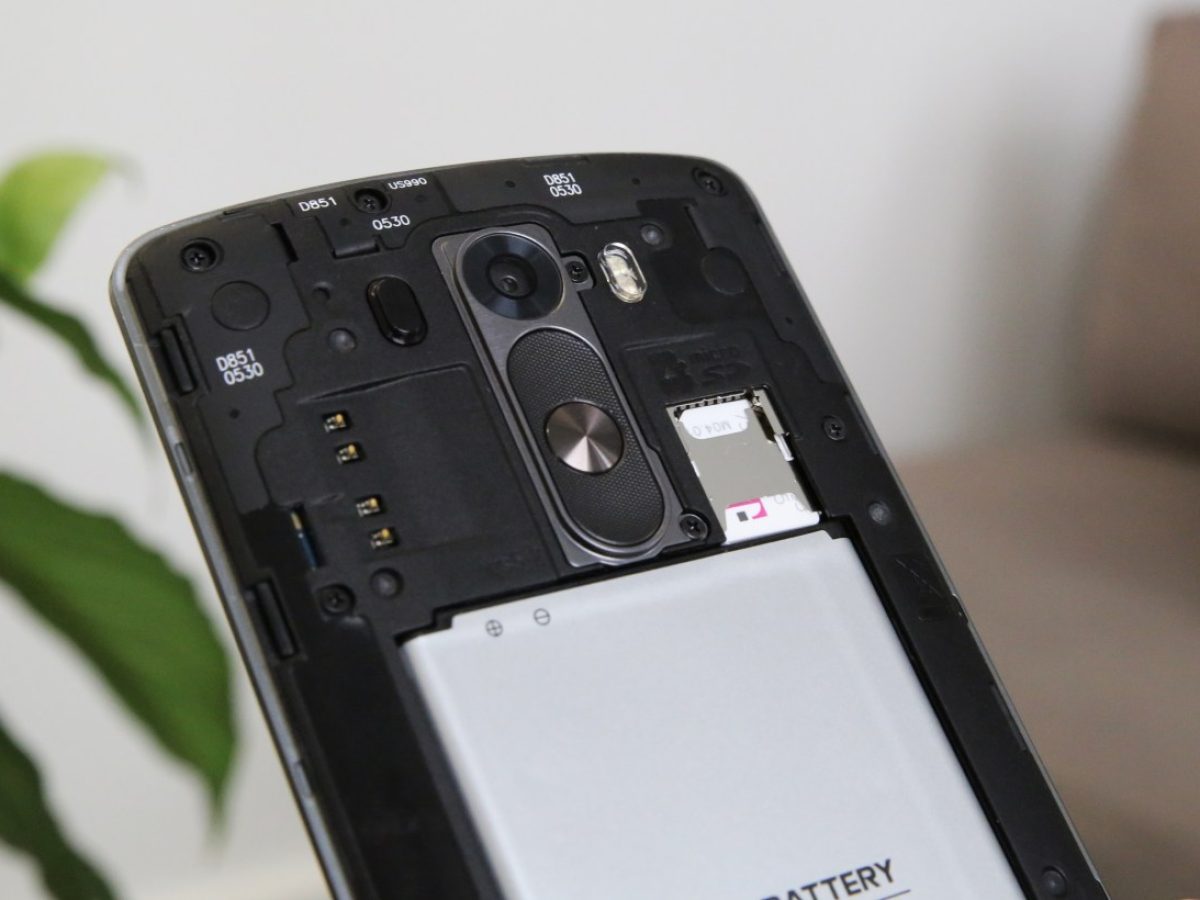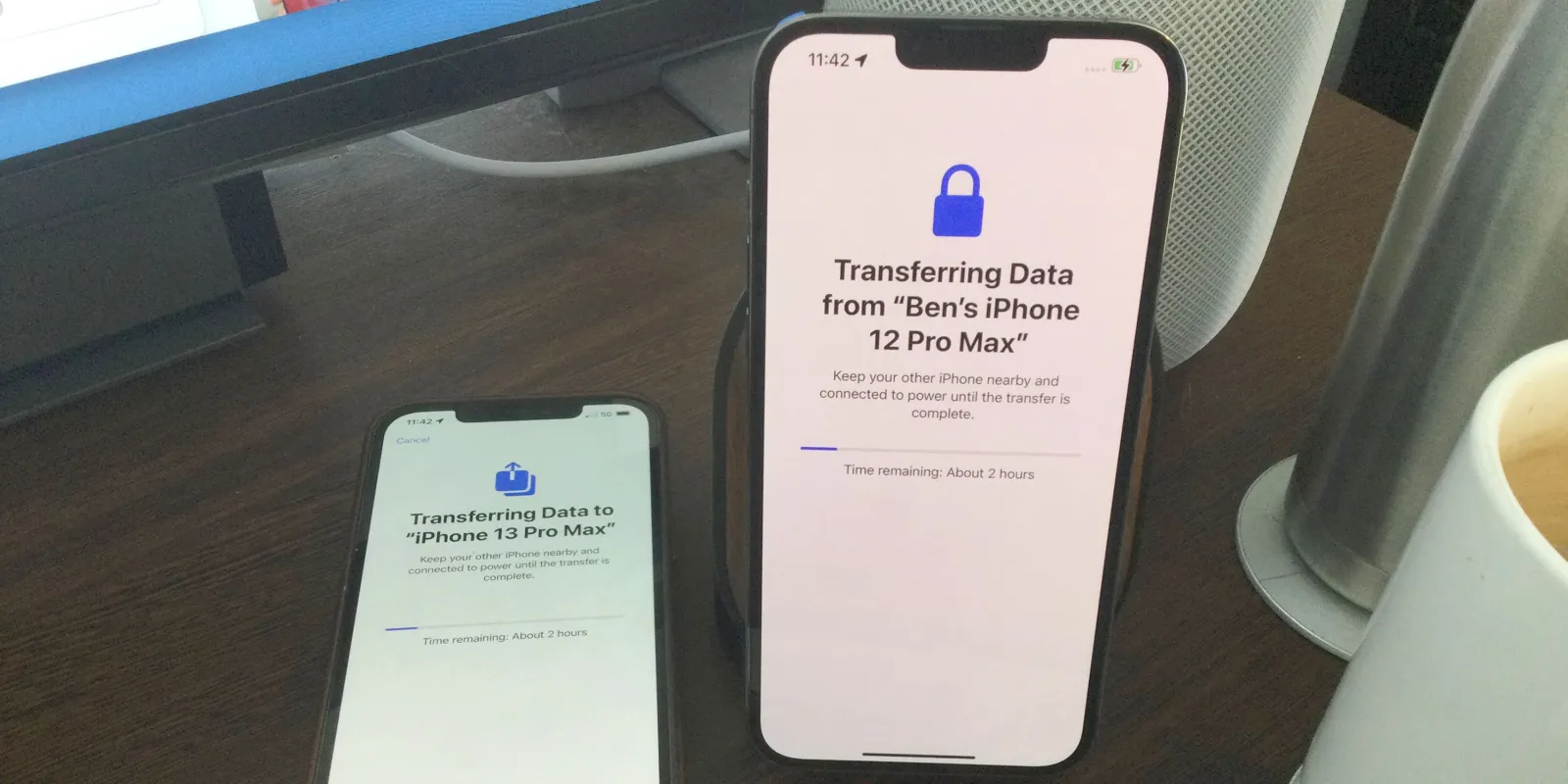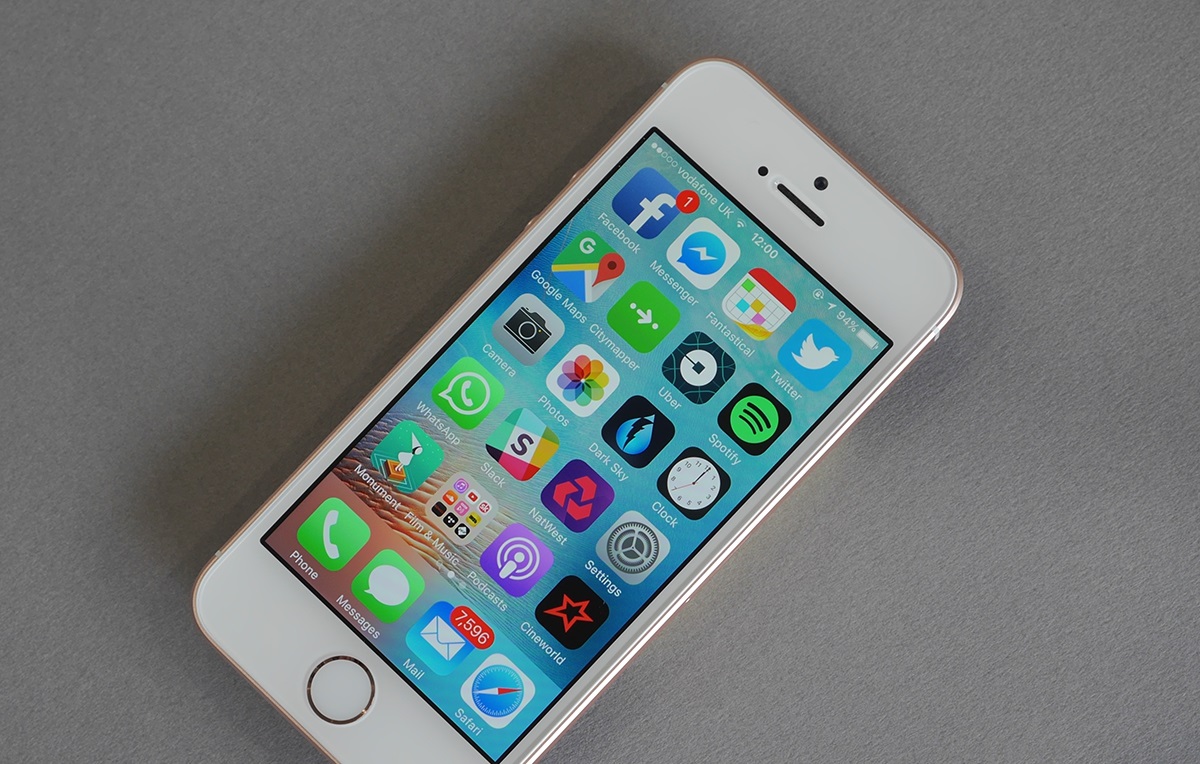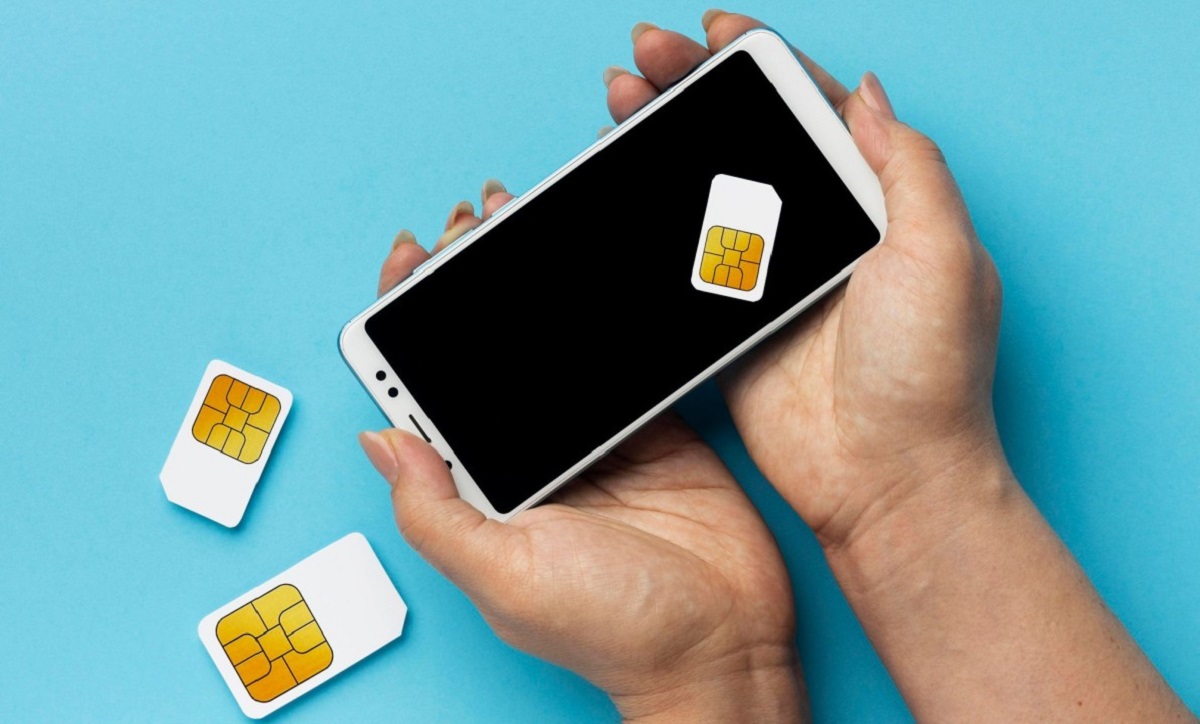Introduction
When it comes to our trusty mobile devices, the SIM card plays a crucial role in enabling communication and connecting us to the digital world. The SIM card, or Subscriber Identity Module, is a small but mighty component that stores essential information, such as the user's identity, network authentication, and contacts. It's essentially the key that unlocks the door to seamless connectivity.
In the fast-paced realm of mobile technology, the option to insert another SIM card into your phone can be both enticing and practical. Whether it's for travel, work, or personal reasons, the ability to switch between different SIM cards offers flexibility and convenience. However, this seemingly simple act can have various effects on your phone's performance, network connectivity, and overall user experience.
As we delve into the potential impacts of inserting another SIM card, it's important to consider the dynamic nature of mobile devices and the intricate interplay between hardware and network configurations. This exploration will shed light on the multifaceted implications of utilizing multiple SIM cards and provide valuable insights for users navigating the ever-evolving landscape of mobile connectivity.
How inserting another SIM card can affect your phone's performance
The act of inserting another SIM card into your phone can trigger a series of adjustments and adaptations within the device, potentially influencing its overall performance. One notable impact is on the phone's battery life. The presence of an additional SIM card can lead to increased power consumption as the device manages multiple network connections and signal transmissions. This heightened energy demand may result in a faster depletion of the battery, necessitating more frequent recharging.
Furthermore, the introduction of another SIM card can affect the phone's processing capabilities. The device must now manage the information and operations associated with two distinct SIM cards, which may lead to a slight reduction in processing speed and responsiveness. This can manifest in subtle delays when accessing network-related functions or switching between different SIM card settings.
Additionally, the insertion of another SIM card can influence the phone's internal storage and memory usage. Each SIM card requires a designated space to store its data, including contact information, network configurations, and authentication details. With two SIM cards in play, the phone's storage capacity may experience a more pronounced strain, potentially impacting the overall performance and responsiveness of the device.
Moreover, the presence of multiple SIM cards can introduce complexities in managing network preferences and settings. The device must navigate between the different networks associated with each SIM card, potentially leading to occasional network switching and adjustments. This dynamic network management can contribute to fluctuations in signal reception and network stability, affecting the phone's overall performance and user experience.
In summary, the insertion of another SIM card can exert various effects on the phone's performance, encompassing aspects such as battery life, processing capabilities, storage usage, and network management. Understanding these potential impacts is essential for users seeking to optimize their mobile devices while leveraging the benefits of utilizing multiple SIM cards.
Potential impact on network connectivity and signal strength
The introduction of an additional SIM card into a mobile device can introduce a range of implications for network connectivity and signal strength. One of the primary considerations is the potential for network conflicts and interference between the two SIM cards. As the device manages two distinct network connections, there is a possibility of signal interference or overlapping frequencies, which can impact the overall stability and reliability of the network connection.
Moreover, the presence of multiple SIM cards can lead to variations in signal reception and network coverage. Different SIM cards may be associated with diverse network providers, each with its own coverage areas and signal strengths. Consequently, the device may need to adapt to fluctuating signal conditions as it switches between the networks associated with the inserted SIM cards. This dynamic network adaptation can result in occasional signal fluctuations and variations in signal strength, affecting the user's connectivity experience.
Furthermore, the compatibility of the inserted SIM cards with the device's network bands and technologies can influence network connectivity and signal strength. Different SIM cards may operate on distinct frequency bands and network technologies, such as 4G or 5G. The device must seamlessly manage the compatibility and optimization of these network configurations, potentially impacting the overall network connectivity and signal reception.
In addition, the geographic location and surrounding environmental factors can play a significant role in the impact of inserting another SIM card on network connectivity and signal strength. The device's ability to access and maintain network connections may vary based on the specific location, terrain, and external interference. The presence of multiple SIM cards can introduce a layer of complexity as the device navigates through different network environments, potentially leading to fluctuations in signal strength and network connectivity.
Overall, the insertion of another SIM card can introduce a series of considerations and potential impacts on network connectivity and signal strength. From network conflicts and signal interference to variations in signal reception and compatibility with network technologies, the dynamic interplay between multiple SIM cards and the device's network capabilities underscores the need for users to be mindful of the potential implications on their connectivity experience.
Possible changes in call and messaging features
The insertion of another SIM card into a mobile device can bring about a range of potential changes in call and messaging features, influencing the user's communication experience. One notable impact is the management of incoming and outgoing calls. With the presence of two SIM cards, the device must navigate between the associated phone numbers and network configurations when handling calls. This can lead to variations in call management, such as the selection of default SIM for outgoing calls and the assignment of specific SIMs for incoming calls based on predefined preferences or contact associations.
Moreover, the utilization of multiple SIM cards can introduce complexities in managing messaging features, including text messages and multimedia messaging. The device may require users to specify the default SIM for sending messages, and it must effectively handle incoming messages across the inserted SIM cards. This can lead to changes in the user interface and settings related to messaging, requiring users to navigate through distinct messaging configurations associated with each SIM card.
Additionally, the presence of multiple SIM cards can impact call forwarding and call waiting functionalities. Users may need to configure call forwarding settings for each SIM card, specifying the forwarding rules based on predefined conditions or preferences. Similarly, the device must effectively manage call waiting notifications and options for each SIM, ensuring that users can seamlessly navigate between incoming calls on different phone numbers.
Furthermore, the insertion of another SIM card can influence the management of voicemail and call recording features. Users may need to specify the voicemail settings for each SIM card, including the retrieval and management of voicemail messages associated with distinct phone numbers. Similarly, the device must accommodate call recording preferences for each SIM, enabling users to record conversations based on the selected SIM card and associated call settings.
In summary, the insertion of another SIM card can introduce various changes in call and messaging features, encompassing call management, messaging configurations, call forwarding, call waiting, voicemail settings, and call recording preferences. Understanding these potential changes is crucial for users seeking to optimize their communication experience while leveraging the benefits of utilizing multiple SIM cards.
Impact on data usage and internet speed
The insertion of another SIM card into a mobile device can significantly impact data usage and internet speed, influencing the user's digital experience. One notable consideration is the management of data consumption across multiple SIM cards. With the presence of two distinct SIM cards, the device must effectively track and allocate data usage for each card, ensuring that users can monitor and manage their data consumption accurately. This dynamic data management can lead to variations in data usage patterns, as the device navigates through the data allowances and usage associated with each inserted SIM card.
Moreover, the utilization of multiple SIM cards can introduce complexities in managing internet connectivity and speed. The device must seamlessly handle the network configurations and data connections associated with each SIM card, potentially leading to variations in internet speed and performance. Users may encounter fluctuations in internet connectivity as the device switches between the networks associated with the inserted SIM cards, impacting the overall browsing experience and download/upload speeds.
Furthermore, the compatibility of the inserted SIM cards with the device's supported network technologies and bands can influence internet speed and data performance. Different SIM cards may operate on distinct network technologies, such as 4G or 5G, and may utilize different frequency bands for data transmission. The device must effectively manage the compatibility and optimization of these network configurations, potentially impacting the overall internet speed and data transfer rates. Users may experience variations in internet performance based on the specific network technologies and bands utilized by each inserted SIM card.
Additionally, the geographic location and network coverage areas can play a significant role in the impact of inserting another SIM card on data usage and internet speed. The device's ability to access and maintain high-speed internet connections may vary based on the specific location, network coverage, and environmental factors. The presence of multiple SIM cards can introduce a layer of complexity as the device navigates through different network environments, potentially leading to fluctuations in internet speed and data performance.
In summary, the insertion of another SIM card can exert various effects on data usage and internet speed, encompassing aspects such as data consumption management, internet connectivity, network compatibility, and geographic influences. Understanding these potential impacts is essential for users seeking to optimize their digital experience while leveraging the benefits of utilizing multiple SIM cards.
Considerations for dual SIM phones
Dual SIM phones offer users the flexibility to manage two distinct phone numbers and associated plans on a single device, presenting a myriad of considerations for individuals navigating the realm of multi-SIM usage. One crucial aspect to consider is the compatibility of the device with dual SIM functionality. Not all mobile phones are equipped to support dual SIM capabilities, and users must ensure that their device is specifically designed to accommodate the insertion and seamless operation of two SIM cards. Additionally, the software and user interface of the device must provide intuitive and efficient management of dual SIM features, including call settings, messaging preferences, and data usage tracking.
Furthermore, users should carefully evaluate the network compatibility and band support of their dual SIM phone. Different SIM cards may operate on distinct network technologies and frequency bands, and it is essential for the device to effectively manage the compatibility and optimization of these network configurations. This includes ensuring that the dual SIM phone can seamlessly switch between different network providers and maintain reliable connectivity across diverse coverage areas.
Moreover, the user experience and interface design of dual SIM phones play a pivotal role in shaping the overall usability and convenience of managing multiple SIM cards. The device should offer streamlined and user-friendly interfaces for configuring and customizing settings related to call management, messaging preferences, and data usage tracking for each SIM card. This encompasses features such as the ability to designate default SIMs for outgoing calls, specify messaging preferences for each SIM, and monitor data consumption on a per-SIM basis.
Additionally, the battery life and power management capabilities of dual SIM phones warrant careful consideration. The presence of two SIM cards can lead to increased power consumption as the device manages multiple network connections and signal transmissions. Users should assess the device's battery performance under dual SIM usage scenarios and explore power-saving features that optimize energy efficiency while accommodating the demands of managing two SIM cards.
Furthermore, the impact of dual SIM usage on the device's processing capabilities, storage usage, and overall performance should be thoroughly evaluated. The device's ability to seamlessly handle the information and operations associated with two distinct SIM cards is paramount, ensuring that users can navigate through network preferences, call settings, and messaging features without compromising processing speed or responsiveness.
In essence, the considerations for dual SIM phones encompass a spectrum of factors, including compatibility, network support, user interface design, battery performance, and overall device optimization. By carefully assessing these considerations, users can harness the benefits of dual SIM functionality while maximizing the utility and convenience of managing multiple SIM cards on a single device.
Conclusion
In the dynamic landscape of mobile connectivity, the act of inserting another SIM card into a phone can yield a cascade of effects that permeate various aspects of the device's performance, network connectivity, communication features, and digital experience. As users navigate the realm of multi-SIM usage, it becomes paramount to comprehend the multifaceted implications of leveraging multiple SIM cards within a single device.
The impact of inserting another SIM card extends beyond mere hardware adjustments, delving into the intricate interplay between network configurations, signal management, and user experience. From potential changes in call and messaging features to fluctuations in internet speed and data usage, the presence of multiple SIM cards introduces a layer of complexity that necessitates careful consideration and informed decision-making.
Furthermore, the advent of dual SIM phones presents users with a realm of possibilities and considerations, encompassing compatibility, network support, user interface design, battery performance, and overall device optimization. By meticulously assessing these factors, users can harness the benefits of dual SIM functionality while maximizing the utility and convenience of managing multiple SIM cards on a single device.
As technology continues to evolve, the realm of multi-SIM usage is poised to witness further advancements and innovations, offering users enhanced flexibility and seamless connectivity. However, with these advancements come the need for users to remain vigilant and discerning, understanding the potential impacts of inserting another SIM card and embracing the intricacies of managing multiple SIM cards within a single device.
In essence, the act of inserting another SIM card into a phone transcends the realm of hardware adjustments, encompassing a myriad of considerations that intertwine with the user's digital experience and connectivity journey. By gaining a comprehensive understanding of these potential impacts and considerations, users can navigate the realm of multi-SIM usage with confidence, optimizing their devices while embracing the versatility and convenience of managing multiple SIM cards.







